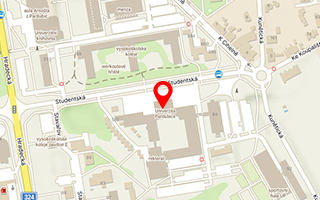Publikace detail
Computational modelling of belt of tire-casing
Autoři:
Krmela Jan | Krmelová Vladimíra
Rok: 2019
Druh publikace: článek ve sborníku
Název zdroje: Engineering for Rural Development
Název nakladatele: Latvia University of Afgriculture
Místo vydání: Jelgava
Strana od-do: 1257-1262
